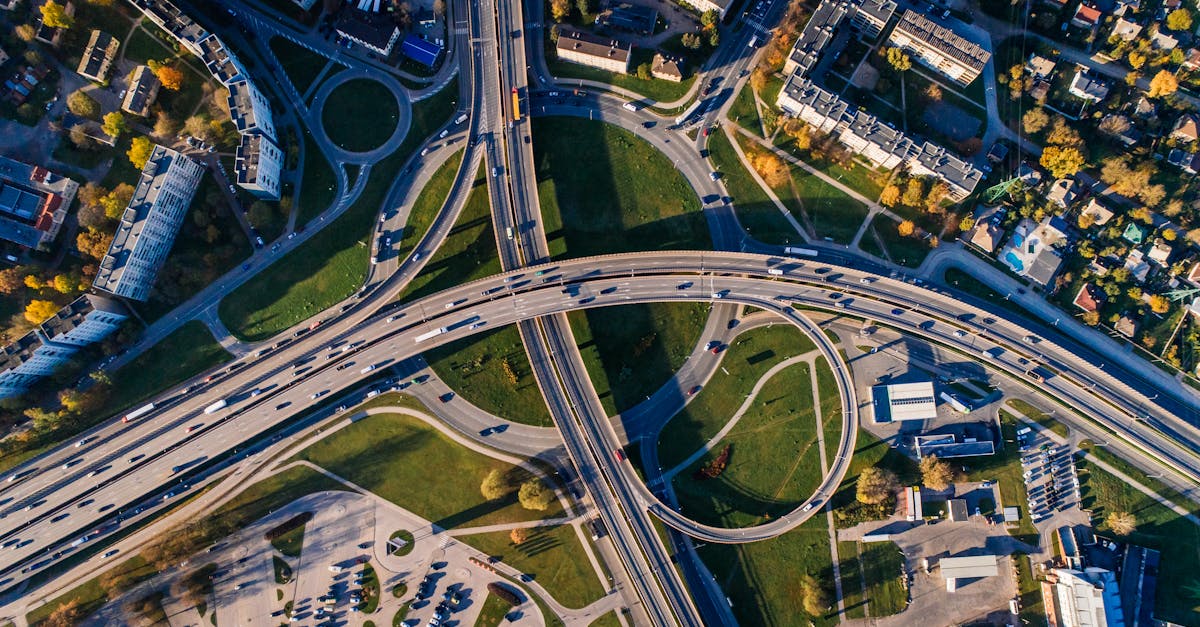Hawaiian Electric is employing drones as part of its comprehensive wildfire safety strategy, conducting aerial inspections of electrical infrastructure in high-risk areas across Maui County, Hawai‘i Island, and O‘ahu. This initiative reflects a proactive approach to mitigate the risk of wildfires, a critical concern for the state of Hawaii. This is a significant step toward safeguarding critical infrastructure and the communities it serves.
The Hawaiian Electric Unmanned Aerial Systems (UAS) program is fully compliant with all Federal Aviation Administration (FAA) regulations, and it has established rigorous safety protocols, training programs, and operational procedures to ensure the utmost safety of the public and its crews. Drones conducting scheduled flights to support utility and infrastructure projects are regulated by the FAA, and any interference with their operations could result in federal enforcement or citations.
This program is particularly relevant in light of recent events and growing concerns about wildfire risks in Hawaii. Drones offer a practical and efficient way to identify potential hazards, such as damaged equipment or overgrown vegetation, before they can spark a wildfire. By utilizing this technology, Hawaiian Electric aims to enhance its ability to prevent and respond to wildfires, thereby protecting lives, property, and the environment. This approach underscores a commitment to incorporating advanced technology into utility operations, enhancing efficiency and safety.
Beyond safety, this move has implications for local businesses and the technological landscape of Hawaii. Companies specializing in drone technology, data analysis, and infrastructure maintenance could see increased opportunities. This also signifies a shift towards data-driven decision-making in the utility sector, where detailed inspections can deliver valuable insights for preventative maintenance. TD World's article highlights the operational aspects, noting that drone operators are easily identifiable and that they will not request access to homes or businesses.
This proactive strategy aligns with broader efforts to modernize Hawaii's infrastructure and enhance its resilience to environmental challenges. Such initiatives are pivotal for the state's economic stability and sustainability, safeguarding essential services for residents and visitors. The implementation of this drone program is a positive step toward a safer and more sustainable future for the islands.



